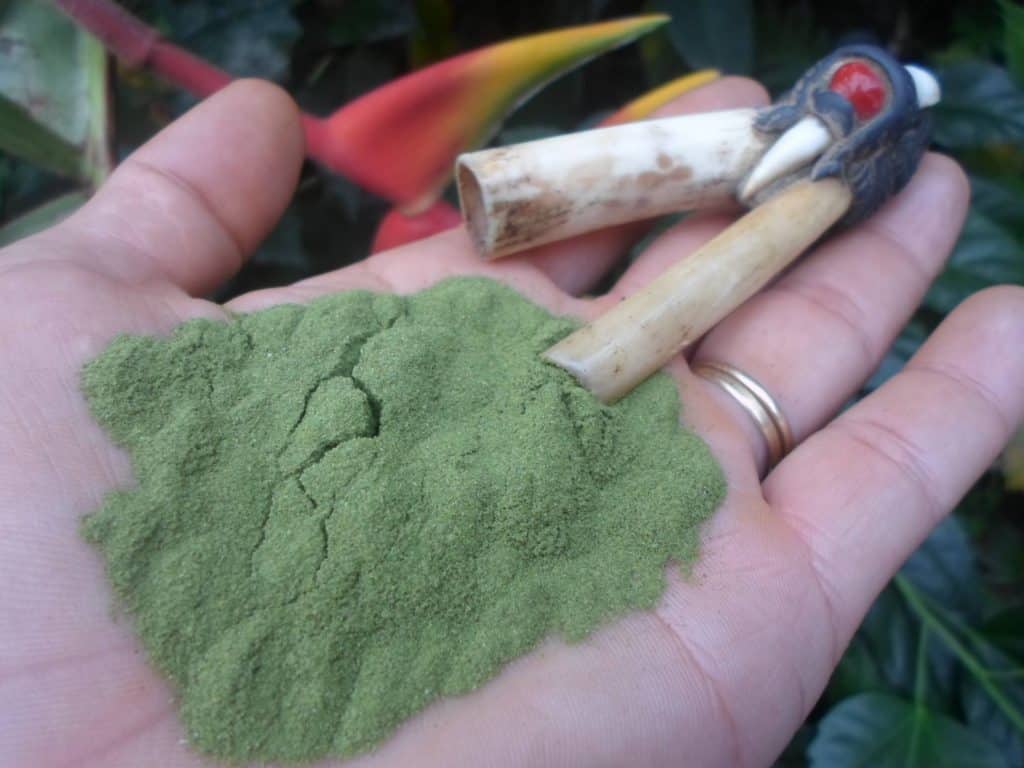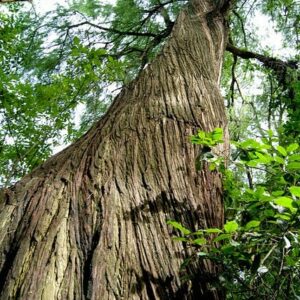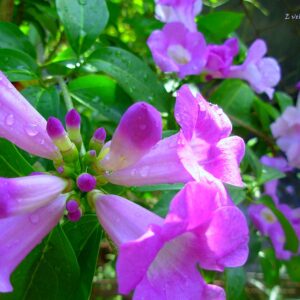Description
Rapé and Sacred Tobacco
Nicotine may be a widely abused substance in our modern world, but to many indigenous cultures of the Americas, tobacco is a sacred plant known to cleanse both individuals and ceremonial spaces. That’s the case for rapé (pronounced “ha-peh”), a powerful, cleansing snuff used by shamans in Brazil and Peru as part of important medicinal rituals.
Rapé is gaining more popularity outside of the Amazon for its medicinal properties, and for people interested to try it, it’s important to find a reputable source for the sacred tobacco. While you can administer rapé yourself or with a trusted friend, it’s also important to educate yourself on its proper usage.
Benefits of Using Rapé
Rapé can help you in the following ways:
- Helps focus and sharpen the mind.
- Clears a person or space of distracting, bad energies in preparation for intention setting.
- Detoxes both body and mind and clears your energetic field. Because of this, rapé is often used in conjunction with ayahuasca ceremonies.
- Clears sinuses of mucus and bacteria, thereby helping to combat colds and respiratory ailments.
- Provides a calming, grounding effect on the emotions that lasts much longer that the initial sensation.
- Can be used in conjunction with other treatments for addiction and mental illness.
What is Rapé?
While rapé is often made of several Amazonian plants, the core of most rapé snuffs is the tobacco species Nicotiana rustica. This Amazonian tobacco, also known as mapacho, is used extensively in tribal rituals and is much stronger than N. tabacum, the type of tobacco found in cigarettes.
In addition to the tobacco, rapé usually includes the alkaline ashes of other plants such as cinnamon, tonka bean, clover, banana peel, or mint, but many shamans keep the exact ingredients of their particular rapé a secret.
The Experience of Using Rapé
The tobacco and other ingredients are ground into a fine powder, which is then blown or snorted high into each of the nostril cavities through a ceremonial pipe made of bone or bamboo. While it’s ideal to do this using a two-person pipe and an experienced shaman or practitioner administering the snuff, there are also pipes designed for use by one person.
Rapé is a cleansing medicine, so after taking it, you may experience side effects such as vomiting, sweating, and diarrhea.
Although this is an admittedly uncomfortable part of the experience, some people say the pain is an integral part of the spiritual and physical cleansing process—by purging deep-seated toxins, you come out the other side of the experience feeling calmer, more focused, and more in line with your true self.
Creating a Healthy Environment for Use
The indigenous peoples who have long used rapé see the ceremonial use of rapé as a form of prayer that “call[s] upon the forces of Nature, the blessing of the animals of the forest, and power of medicinal plants to heal us and give us strength.” It is, therefore, important that you use this substance in a respectful environment focused on healing.
Rapé can be used alone or in conjunction with ayahuasca or kambo, and like most psychedelics, the set and setting of using rapé is integral to its benefits. The main ingredient is nicotine, so there is a possibility of getting addicted. It’s ideal to use it with an experienced guide, but you can administer the snuff yourself. If you’re interested in experience the energetically cleansing effects of rapé, it’s important that you buy from a reputable source and to educate yourself before you do it. If you want to learn more about the proper set and setting for a personal rapé ceremony at home, we can help guide you through proper set and setting, intention, and integration. Contact us today to learn how you can maximize the benefits of your rapé ceremony.




Reviews
There are no reviews yet.